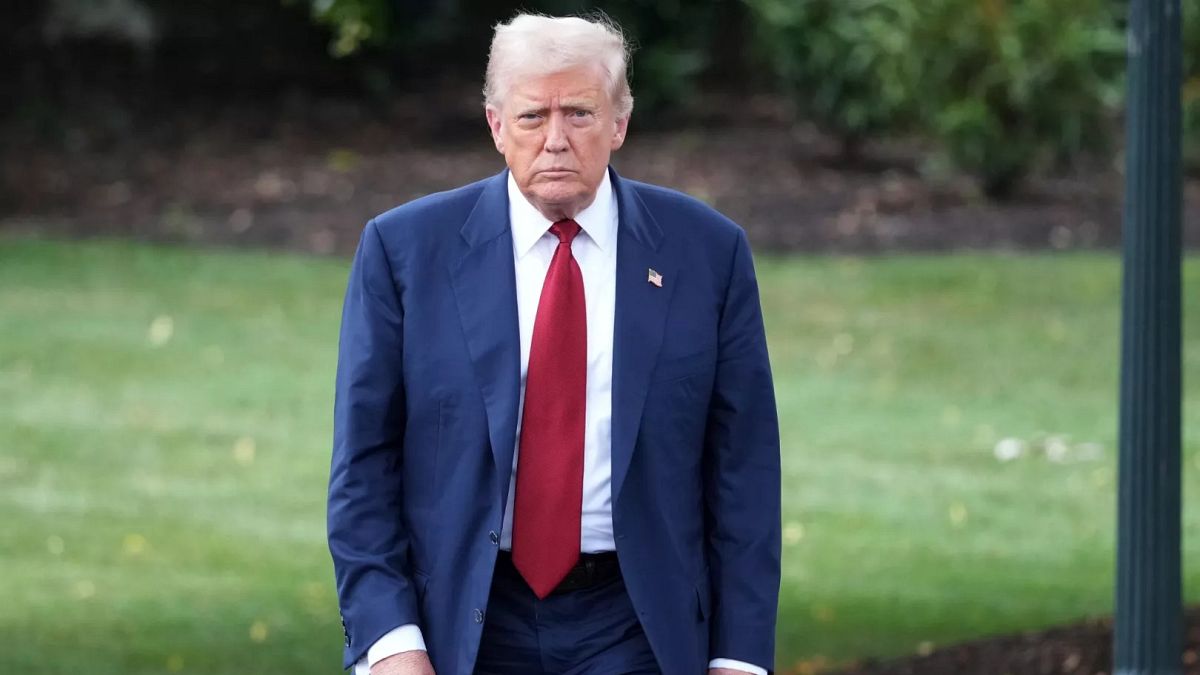

In recent developments within the United States’ political and economic landscape, notable decisions and interactions are shaping the ongoing narrative of global trade and employment dynamics. As the various sectors of governance and business adapt to the prevailing economic conditions, the subsequent responses paint a picture of both challenges and opportunities.
In the realm of employment, a significant move saw US President Donald Trump making a decisive personnel change. Following a less-than-optimistic employment report indicating that only 73,000 jobs were added in the last month—compounded by revised figures showing 258,000 fewer jobs were created in earlier months than initially reported—the decision to relieve the jobs data chief from duty emerged. This action underscores the administration’s proactive stance on managing economic indicators and maintaining confidence in the country’s employment trajectory.
Meanwhile, trade relations remain at the forefront of international discourse, especially with recent executive orders impacting transatlantic commerce. The White House enacted a policy imposing 15% tariffs on a range of EU products, as per agreements between US and EU leaders. However, tariffs on automobiles—a point of keen interest for both economies—remain at 25%, reflecting ongoing complexities in sector-specific negotiations.
These economic measures ripple through the business sector, influencing investor sentiment. With prominent tech giants like Amazon and Apple reporting robust earnings in their latest quarter, the overall cautious outlook among investors suggests a more discerning approach towards big tech investments. The confluence of tariff implications and the burgeoning AI landscape necessitates a focus on companies demonstrating clear strategic advantages.
Amidst these narratives, Canada’s trade engagement with the US encountered a pause as talks over tariffs reached a temporary impasse. Canada’s US Trade Minister, Dominic LeBlanc, left Washington with plans to reconnect with Trump’s team in forthcoming negotiations. This hiatus in dialogue highlights the incremental progress often characteristic of complex trade discussions, wherein patience and persistence are pivotal.
Adding another layer to the evolving trade environment, corporate America’s response to recent tariff announcements reveals a blend of clarity and concern. The surprise element of Thursday’s declarations stresses the ever-present uncertainties in the business community regarding international trade policies. Despite these challenges, companies remain steadfast in adapting to such changes, albeit with heightened caution.
As these diverse yet interconnected facets unfold, the broader tapestry of economic and trade realities continues to evolve. Each decision and adjustment contributes to the dynamic interplay of market forces and political intent, with stakeholders navigating the intricate pathways towards sustained growth and stability. Against this backdrop, a calm and measured approach remains instrumental in charting a course through the ever-changing currents of the global economic landscape.
Source: {link}
